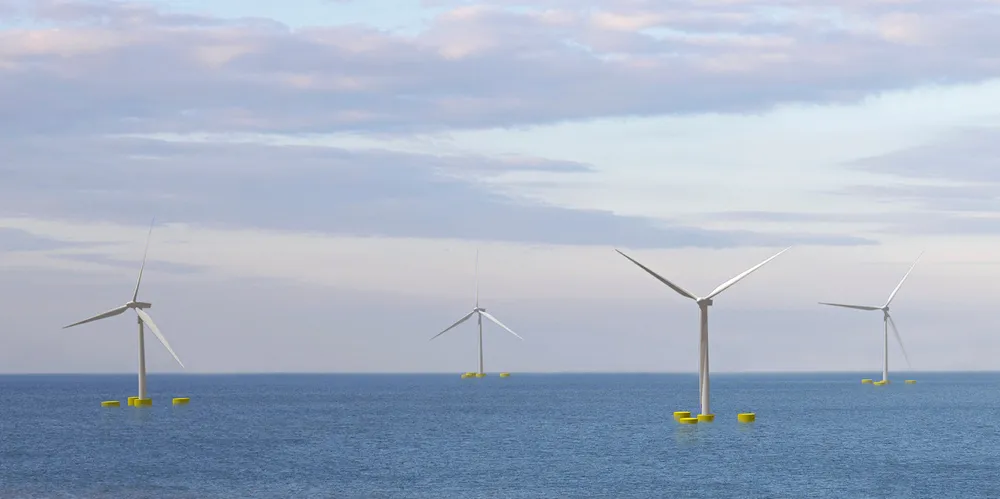CIP-led Highland Wind hands in key paperwork for re-tailored North Sea floating flagship
Construction of 100MW Pentland array, being built in two stages off Scottish Highlands, moves ahead with submission of key application to Marine Scotland

Construction of 100MW Pentland array, being built in two stages off Scottish Highlands, moves ahead with submission of key application to Marine Scotland
